The content of the article
Each person at least once in his life experienced a headache. Regardless of the cause and intensity, this symptom always adversely affects daily activity. A person suffering from a headache becomes irritable, distracted, his working capacity decreases, and he cannot assimilate new information. Frequent occurrence of this problem can significantly impair the quality of life. Why does a headache occur and how to deal with it?
Types of headache
Not many people know that the head can hurt in different ways. It is important to be able to differentiate the emerging symptoms, as this greatly facilitates the establishment of the cause and the development of a treatment regimen. The most common types of pain are:
- Pain of tension. Every person experienced it at least once in a lifetime. It occurs with an uncomfortable position of the neck or with a long static load on it. For example, if you sit at a table for a long time and write something, read or work at a computer. In this case, the muscles of the neck and back experience prolonged tension, which is transmitted to the tissues of the head. Such pain can be compared to a tight hoop or hat that squeezes the head from the outside inward.
- Hypertensive. Often, headache occurs in people suffering from hypertension. It, as a rule, has a pulsating character, often localized in the temples or the occipital region. The main way to diagnose it is to measure blood pressure.
- Antihypertensive. A lack of cerebral circulation also leads to the development of a headache. It occurs with arterial hypotension or compression of the vessels that feed the brain. Such pain is accompanied by dizziness, and in some cases - syncope. For its diagnosis, it is also necessary to measure blood pressure. Sometimes it is additionally worth investigating the functioning of the vessels of the neck.
- Migraine. How and why she appears is unknown. This is one of the most unpleasant types of pain. It arises suddenly, differs in that it is localized in one half of the head. Such pain is accompanied by a fear of light, intolerance to loud sounds and a pronounced decrease in disability. It is very intense, poorly treated and can last several days.
- Cluster pains. They occur mainly in representatives of the stronger sex. It is believed that cluster or bundle pain affects men who try to seem strong, despite their internal vulnerability and sensitivity. A distinctive feature of this type is paroxysmal pain. They arise as if in bunches, pass after a few minutes, and then can be repeated again.
Pathological conditions and diseases that can cause a headache
It is worth saying right away that the brain itself does not have pain receptors. Even operations on this organ can be performed without anesthesia, having previously anesthetized all overlying tissues, which is often done by neurosurgeons. But the brain membranes have a lot of pain receptors and are a powerful reflexogenic field. Also, the nerve endings contain the vessels of the brain.
There is an opinion that a headache may be a symptom of encephalitis, but in fact it is not. Even an extensive pathological focus with many other symptoms may not hurt at all until the inflammation passes to the lining of the brain. This phenomenon is true for other diseases. This often interferes with the diagnosis of tumor processes in the brain.What diseases can cause a headache? Of particular note are the following:
- Meningitis. This is an inflammation of the meninges with specific changes in the cerebrospinal fluid. It can occur due to many reasons, but is most often caused by a bacterial infection. The pain is intense, accompanied by photophobia and phonophobia, muscle rigidity and specific meningeal symptoms.
- Meningism Subjective symptoms are similar to those observed with meningitis, but there are no changes in cerebrospinal fluid.
- Tumor. The development of cancer cells in the cranial cavity is not always accompanied by a pain symptom. But there are multiple signs of focal brain damage: paresis, paralysis, decreased sensitivity.
- Concussion. It happens due to a header on a hard surface. Moreover, a slight concussion can occur with a minor shock. Often this condition is accompanied by nausea, vomiting, sometimes - loss of consciousness.
- Fracture of the bones of the skull. Such an injury is more dangerous than a normal concussion and requires urgent hospitalization. At the same time, it’s not only the shells of the brain that may not be affected, but also the bones themselves and the surrounding tissues.
Headache does not necessarily indicate the conditions listed above, but it is worth remembering that it can be a symptom of these diseases.
Sometimes the type and cause of the headache cannot be determined even by the doctor himself. There are entire scientific institutes that deal with this problem. They are looking for causes, developmental processes and possible treatments for headaches.
General recommendations for headaches
These rules will help reduce headaches until the primary treatment works. Sometimes with these simple methods you can completely get rid of a headache. If this symptom occurs, do the following:
- Go out into the fresh air or open a window. This will increase the oxygen concentration in the blood and reduce the carbon dioxide content. Even if such a technique does not relieve a headache, he definitely must reduce it.
- Remove everything that squeezes the head. This applies to hats, headbands, hoops and even elastic bands for hair. Braids and tails are also worth braiding. Free your head as much as possible.
- Do a little workout. This tip is for those who suffer from tension headache. A few exercises on the muscles of the neck and shoulder girdle are enough.
- Measure your blood pressure. If the pain is caused by its decrease or increase, only one tablet that normalizes blood pressure can solve the problem.
- Lie down. This will help reduce discomfort, regardless of the type of pain and the causes that caused it. In this case, it is worth taking the most comfortable position, it is advisable to lie in a dark and quiet room.
- Make a cold compress. Dip a piece of gauze, a handkerchief, or any other cloth in cool water and attach to your forehead. Turn over when it heats up, and then repeat the procedure again.
- See a doctor. If the pain persists for a long time or often recurs, accompanied by dizziness, nausea, or other symptoms, contact your local GP. He will prescribe an examination plan to exclude all possible types of pathology and choose treatment tactics.
Drugs that can be used to treat headaches
In fact, analgesics were invented to relieve pain. But, it is worth considering that they can not cope with all types of pain, in addition, they have a number of contraindications and side effects. You can’t get carried away with taking such drugs. In addition, they usually do not eliminate the cause of the symptom, but only reduce its manifestation. Headache should be removed with the following medicinal substances:
- Paracetamol. The most famous remedy that is widely used specifically for headaches.Indeed, the drug copes with this symptom perfectly, but doctors do not like to prescribe it. This is because paracetamol has a bad effect on the liver and there is a risk of getting hepatitis during the treatment of headaches.
- Aspirin. Also often used for headaches. In addition to reducing discomfort, it can lower body temperature. This is useful if pain is a symptom of a cold. With frequent uncontrolled use, it can cause stomach ulcers and renal failure.
- Analgin. It acts similarly to aspirin, but the antipyretic effect is less pronounced.
Trigan. It is an antispasmodic that effectively fights pain caused by muscle tension and vascular spasm. - Solpadein. Anesthetic, anti-inflammatory and antitussive drug. Most often used for colds.
- Ibuprofen. It belongs to the same group as analgin and aspirin, but rarely causes side effects and has a more powerful analgesic effect.
- Pentalgin. It includes antispasmodics, stimulants and analgesics. It is a fairly strong drug, but has many side effects. Often it can not be used. In addition, it is contraindicated for athletes who are going to undergo doping control.
- Migrenol It is used to treat migraines. Conventional analgesics and antispasmodics rarely cope with this task. It should be borne in mind that the drug has a hypnotic effect.
- Immigrant. Its action is different from migrenol, but this drug is also used to get rid of migraine symptoms.
It can be concluded that headache is a frequently occurring symptom in many people. It can appear due to various reasons, most of which do not pose any threat to life and health. However, under certain circumstances, it is worth going through a number of additional examination methods in order to exclude a serious brain pathology. You can treat a headache by various methods.
Video: 8 ways to quickly relieve a headache


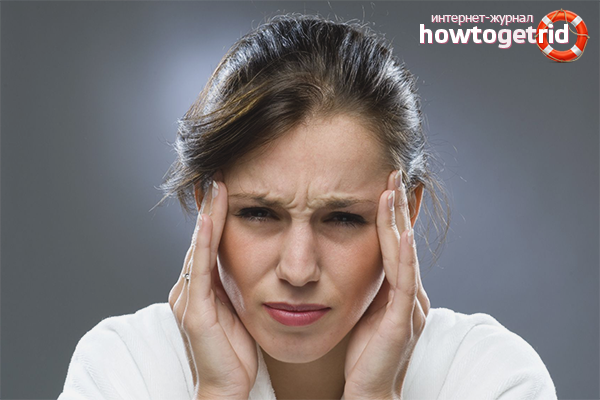

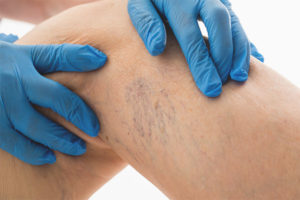

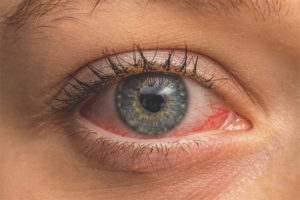


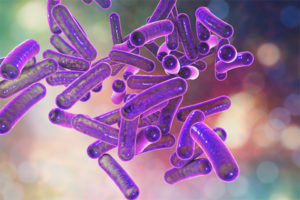
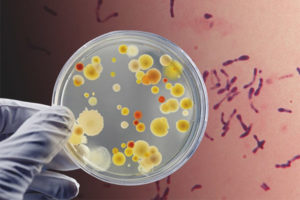

Submit